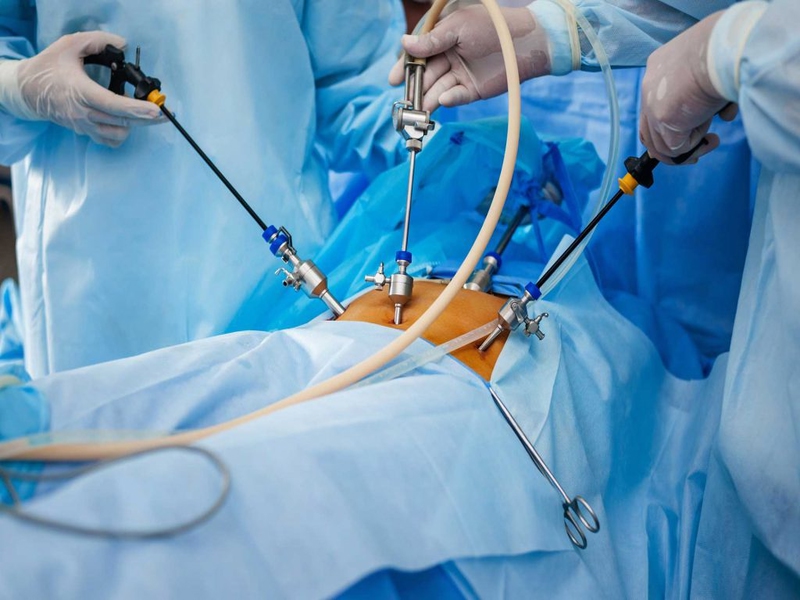In recent years, closed surgeries (laparoscopic surgery) have become increasingly common in inguinal hernia surgery. The advantages of laparoscopic inguinal hernia surgery are as follows:
- Minimally invasive
- Cosmetic advantage (No large surgical wound)
- Less postoperative pain
- Fast recovery
- Early return to normal life
In laparoscopic inguinal hernia surgery, 2 different techniques are generally applied:
- TAPP (Transabdominal preperitoneal)
- TEP (Total extraperitoneal)
The most commonly used method today is the TAPP technique. In this technique, the peritoneum is dissected by entering the abdominal cavity and the hernia is repaired. In the TEP technique, the same procedure is performed without entering the abdominal cavity. Mesh is used in both techniques.
Apart from these techniques, single incision technique (SILS) and robotic hernia repair can also be used. All these techniques have advantages and disadvantages. The most appropriate approach is to explain these to the patient before surgery and to make the surgical decision.



